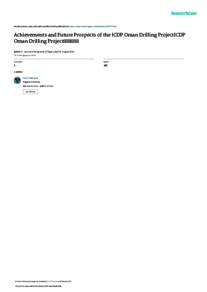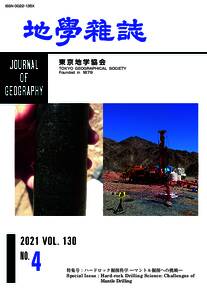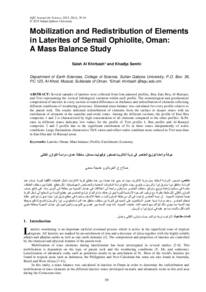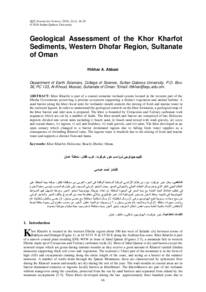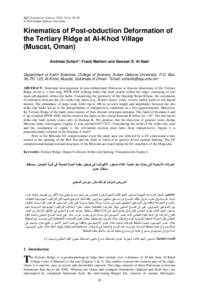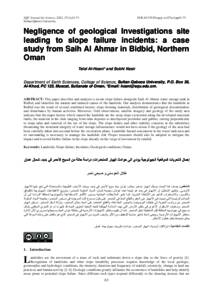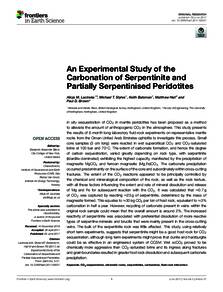وثيقة
Achievements and future prospects of the ICDP Oman drilling project.
المعرف
DOI: 10.5026/JGEOGRAPHY.130.507
المصدر
Journal of Geography (Chigaku Zasshi). v. 130, 4, p. 507-525
الدولة
Japan
مكان النشر
Tokyo
الناشر
Tokyo Geographical Society.
ميلادي
2021-01-01
اللغة
الأنجليزية
الموضوع
الملخص الإنجليزي
The ICDP Oman Drilling Project carried out onshore drilling of the world's largest ophiolite, the Oman ophiolite (also known as Samail ophiolite). This drilling project provided an opportunity to explore major key boundaries of the oceanic lithosphere, represented by the Oman ophiolite, by drilling cores and boreholes. Below the layered gabbro at the bottom of the crustal section is the Moho Transition Zone(MTZ), which is mainly composed of dunite with small amounts of gabbroic sills. By drilling at the Wadi Zeeb CM site in the Wadi Tayin massif, cores were successfully collected from a 150 m MTZ. Also collected were fragile altered rocks from wadi outcrops that are easily lost. The core description campaign was carried out aboard deep-sea scientific drilling vessel “Chikyu” anchored at Shimizu Port. The core observations were performed and described according to the IODP procedure, and the analysis was conducted using many instruments. The resulting data provide important insights and will contribute to future drilling of the Mohorovicic discontinuity in the ocean. The most striking fact is that MTZ dunites are strongly influenced by serpentinization. In particular, the upper part of the MTZ just below the boundary with the lower crustal gabbro was most strongly altered, and a fracture zone was also developed. Understanding when and how these alterations occurred at the boundary between the crust and the mantle is an important future task.
ISSN
0022-135X
قالب العنصر
مقالات الدوريات

